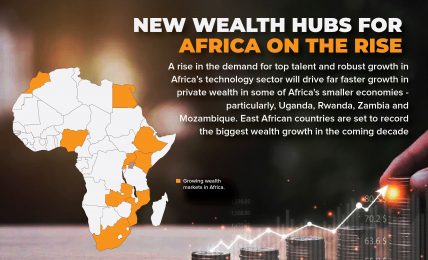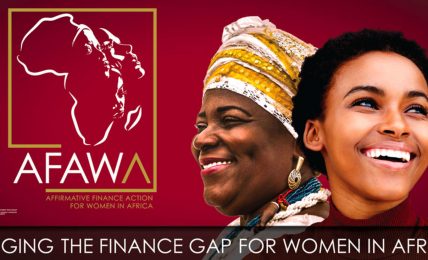15 Bold Strategies for Transforming Africa into the World’s Manufacturing Powerhouse
We look at 15 bold, actionable strategies, each linked to a proven global example and clear lessons, to help African policymakers and industry leaders build a continent-wide manufacturing boom that is competitive, inclusive, and sustainable.








